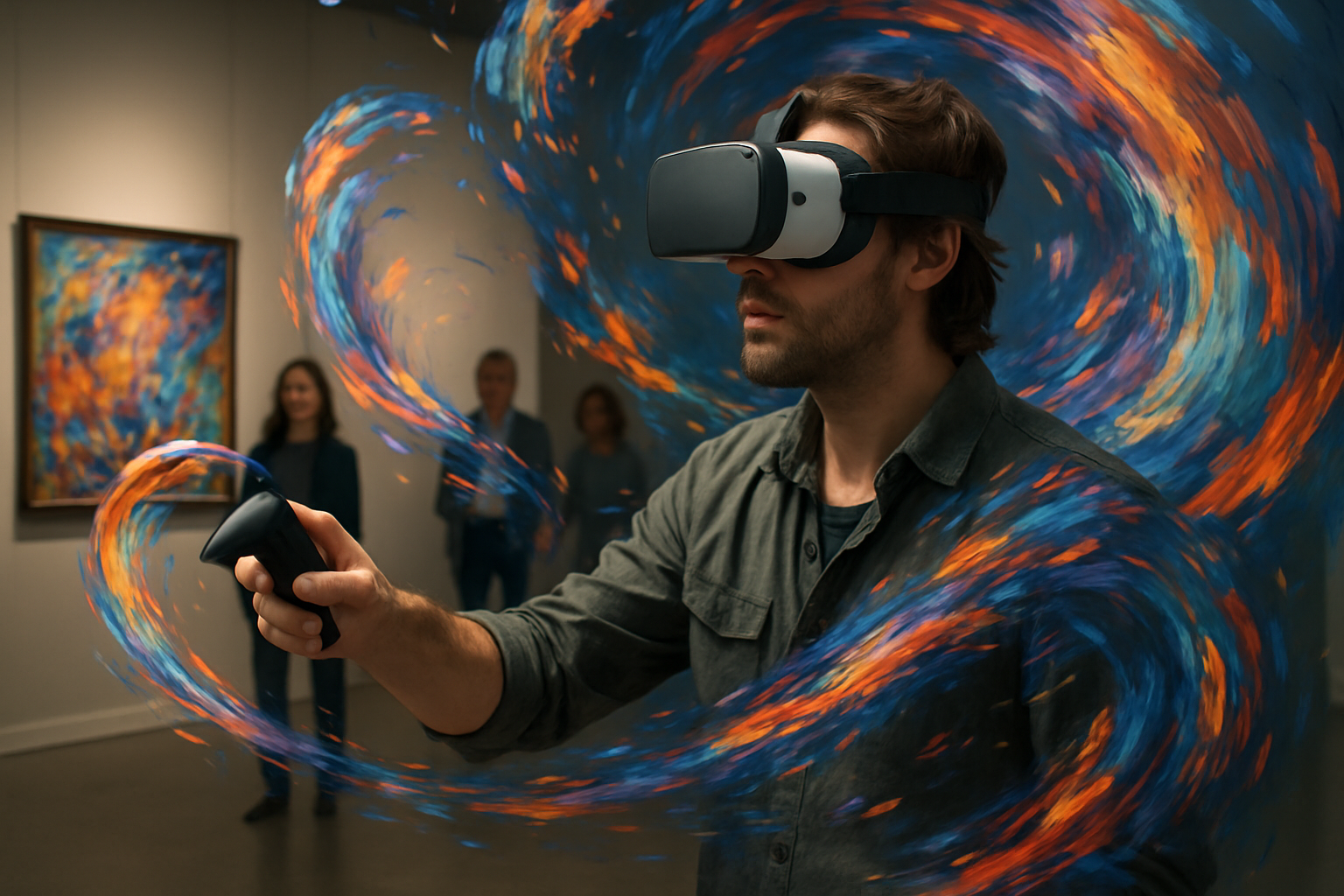Sensory Storytelling: The Rise of Multisensory Art Installations
In a world increasingly dominated by digital experiences, a new wave of artists is pushing the boundaries of perception, inviting audiences to engage with art through all five senses. Multisensory art installations are transforming galleries, public spaces, and even virtual realms into immersive environments that challenge traditional notions of artistic expression. This emerging trend is not just changing how we experience art, but also how we define it.

Technology Meets Sensation
Advancements in technology have played a crucial role in the development of multisensory art. Artists now have access to tools that can manipulate light, sound, scent, and even temperature with unprecedented precision. Interactive installations often incorporate sensors, AI, and virtual reality to create responsive environments that adapt to the presence and movements of viewers. This fusion of art and technology has opened up new possibilities for creating truly immersive experiences.
Beyond the Visual: Engaging All Senses
While traditional art forms primarily engage sight, multisensory installations aim to create a holistic experience. Sound design has become increasingly sophisticated, with artists using directional speakers, binaural recordings, and even bone conduction technology to create auditory landscapes. Olfactory art has gained prominence, with scent designers collaborating with visual artists to add aromatic dimensions to installations. Tactile elements invite touch, challenging the typical hands-off approach to art viewing.
The Psychology of Immersion
The appeal of multisensory art lies in its ability to create deeply engaging experiences. Neuroscientific research suggests that engaging multiple senses simultaneously can enhance memory formation and emotional connection. By immersing viewers in a carefully crafted sensory environment, artists can evoke powerful responses and create lasting impressions. This approach to art-making taps into the fundamental human desire for rich, varied experiences.
Challenges and Controversies
As with any emerging art form, multisensory installations face their share of challenges and criticisms. Some art purists argue that these immersive experiences prioritize spectacle over substance, potentially diluting the intellectual and emotional impact of more traditional art forms. There are also practical concerns, such as accessibility for individuals with sensory sensitivities or disabilities. Artists and curators must navigate these issues carefully to ensure their work remains inclusive and meaningful.
The Future of Sensory Art
The realm of multisensory art installations continues to expand, with artists pushing the boundaries of what’s possible. Virtual and augmented reality technologies are opening up new frontiers, allowing for the creation of hybrid experiences that blend physical and digital elements. As our understanding of sensory perception and its impact on cognition and emotion deepens, we can expect to see even more innovative approaches to engaging the senses through art.
Conclusion
Multisensory art installations represent a significant evolution in the way we create and experience art. By engaging all of our senses, these works offer a more holistic and immersive encounter with creativity. As technology continues to advance and artists explore new ways to stimulate our senses, the line between viewer and participant becomes increasingly blurred. This trend not only challenges our perceptions of art but also invites us to reconsider our relationship with our own senses in an increasingly digital world.





